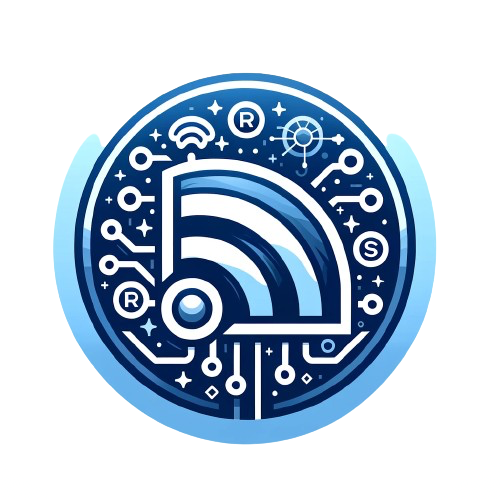SCIENCE
These fish use legs to taste the seafloor
- By Neclink.com
- . September 26, 2024
Sea robins are unusual animals with the body of a fish, wings of a bird, and walking legs of a crab. Now, researchers show that
How special is the Milky Way Galaxy?
- By Neclink.com
- . September 25, 2024
Is our home galaxy, the Milky Way Galaxy, a special place? A team of scientists started a journey to answer this question more than a
New cancer diagnoses did not rebound as expected following pandemic
- By Neclink.com
- . September 24, 2024
Cancer incidence trends in 2021 largely returned to what they were before the COVID-19 pandemic, according to a study by researchers at the National Institutes
Paving the way for new treatments
- By Neclink.com
- . September 23, 2024
Researchers have created a computer program that can unravel the mysteries of how proteins work together — giving scientists valuable insights to better prevent, diagnose
Researchers discover how enzymes ‘tie the knot’
- By Neclink.com
- . September 22, 2024
Lasso peptides are natural products made by bacteria. Their unusual lasso shape endows them with remarkable stability, protecting them from extreme conditions. In a new
New tool to help decision-makers navigate possible futures of the Colorado River
- By Neclink.com
- . September 21, 2024
The Colorado River is a vital source of water in the Western United States, providing drinking water for homes and irrigation for farms in seven
Scientists turn to human skeletons to explore origins of horseback riding
- By Neclink.com
- . September 20, 2024
As anyone who’s spent time in the saddle knows, riding a horse can be hard on your body. But can it change the way your
Nonfatal opioid overdoses in youth spiked during pandemic
- By Neclink.com
- . September 19, 2024
Drug overdose mortality has risen faster among adolescents than the general population in recent years, largely due to fentanyl, a potent opioid pain medication. A
Higher levels of leptin indicate brain protection against late-life dementia
- By Neclink.com
- . September 18, 2024
New research is more closely linking obesity to dementia. Higher levels of leptin, a hormone that helps maintain normal body weight, is associated with better
Paving the way for antivirals against Ebola virus and its deadly relatives
- By Neclink.com
- . September 17, 2024
At this moment, the world has few tools to combat deadly filoviruses, such as Ebola and Marburg viruses. The only approved vaccine and antibody treatments
